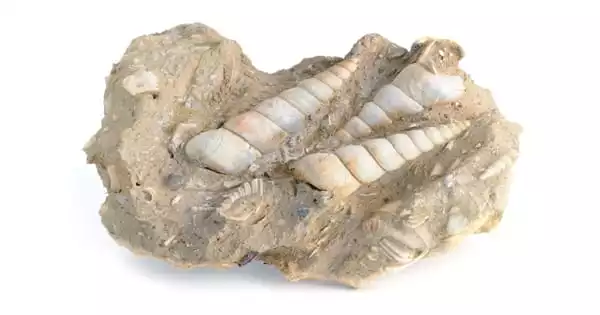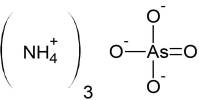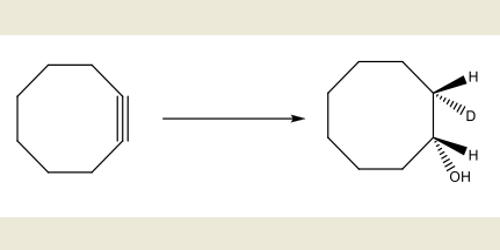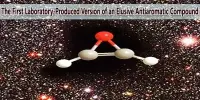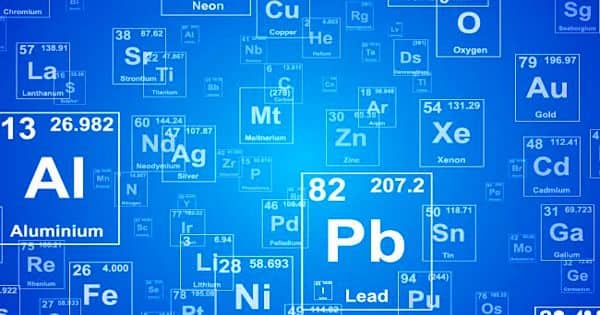Scientists generally agree that the Earth’s atmosphere underwent a dramatic change around 2.4 billion years ago when oxygen levels rose dramatically. The oxygen spike, known as the “Great Oxidation Event” (GOE), marks an important milestone in Earth’s history, the transition from an oxygen-poor atmosphere to an oxygen-rich one, paving the way for complex life to develop on the planet.
A collection of fossil shells from marine snails and clams calls into question the theory that the world’s deadliest mass extinction was accompanied by severe ocean acidification. The study is the first to investigate ocean chemistry using shells from fossilized mollusks, demonstrating a new tool that scientists can use to study the conditions of the planet’s deep past.
The shells were in excellent condition, rather than showing signs of damage or repair, as would be expected if the mollusk was surviving in acidic conditions, according to a study published in Scientific Reports.
Recent evidence from the sulfur isotopic record suggests a 2.5 billion-year-old transition from ocean chemistry dominated by iron to one dominated by sulfide. It has been proposed that the availability of metals throughout geological time has influenced the selection of metal centers in metalloenzymes, particularly due to large differences in the solubility of metals-sulfides.
We have to rely on evidence such as the chemistry of marine rocks and fossils for events that occurred millions of years ago. Because these proxies sometimes produce contradictory results, we need multiple, independent measures of ocean conditions.
Rowan Martindale
The study was led by William Foster, a scientist at the University of Hamburg and a former postdoctoral researcher at The University of Texas at Austin’s Jackson School of Geosciences. The study is the first to investigate ocean chemistry using shells from fossilized mollusks, demonstrating a new tool that scientists can use to study the conditions of the planet’s deep past.
“We have to rely on evidence such as the chemistry of marine rocks and fossils for events that occurred millions of years ago,” said co-author Rowan Martindale, an associate professor at the Jackson School. “Because these proxies sometimes produce contradictory results, we need multiple, independent measures of ocean conditions.”
Around 252 million years ago, at the end of the Permian Period, the world’s deadliest mass extinction wiped out roughly 90 percent of living species. Massive volcanic eruptions in modern-day Siberia triggered the extinction, releasing large amounts of carbon dioxide into the atmosphere in a relatively short period of time, causing rapid global warming.
When atmospheric CO2 levels are high, the ocean can absorb some of the gas, causing it to become more acidic. The geologic record, however, is inconclusive as to whether this occurred during the end-Permian extinction event.
“Some previous studies based on chemical analyses of rocks suggested that the world’s seas were acidic at the time, but other geochemical evidence suggested the opposite,” Foster explained.
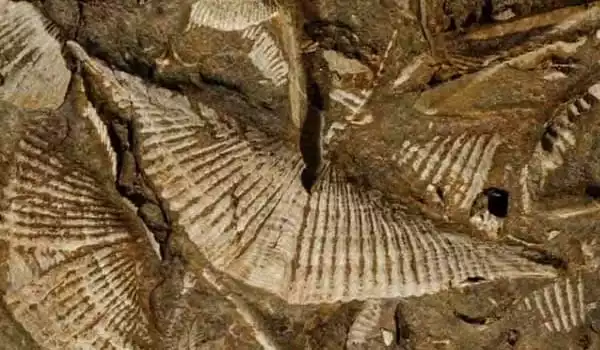
The analysis of mollusk shells provides a more comprehensive perspective, according to Foster, because it captures the chemical state of the ocean shortly after the extinction event from top to bottom, not just where sediment settled. The s tested for acidification in surface waters by analyzing larval shells and for seafloor acidification by analyzing adult shells.
Under a microscope, researchers examined over 2,300 fossil shells from marine snails and bivalves. And, while a few shells showed signs of growth impairment, there were no signs of patched holes, which is a tell-tale sign of mollusks living in an acidic environment.
“None of them show repair marks that would indicate severe acidification in surface waters or on the seafloor,” Foster explained. The fossils were discovered in what is now Svalbard, Sweden. When the animals were alive, the area was covered by a shallow sea, and the Earth was made up of only one massive continent.
“It was really exciting to study organisms that lived when Pangea was a supercontinent,” said co-author Jaime Hirtz, who recently completed her master’s degree at the Jackson School but began working on these fossils as an undergraduate student.
Marine animals with aragonite (a type of calcium carbonate mineral) shells are especially vulnerable to ocean acidification. Scientists study ocean acidification in the present and recent past using shells from “sea butterflies,” a type of swimming sea snail. This study demonstrates that shells from fossilized mollusk species can be analyzed in a similar way, paving the way for more extensive research on ocean chemistry in Earth’s past and its relationship to climatic events.
“One of the most exciting aspects of this research is that we now know we can use fossil shells of aragonitic marine animals from millions of years ago as bioindicators of past ocean acidification,” said co-author and Natural History Museum of London professor Richard Twitchett.
